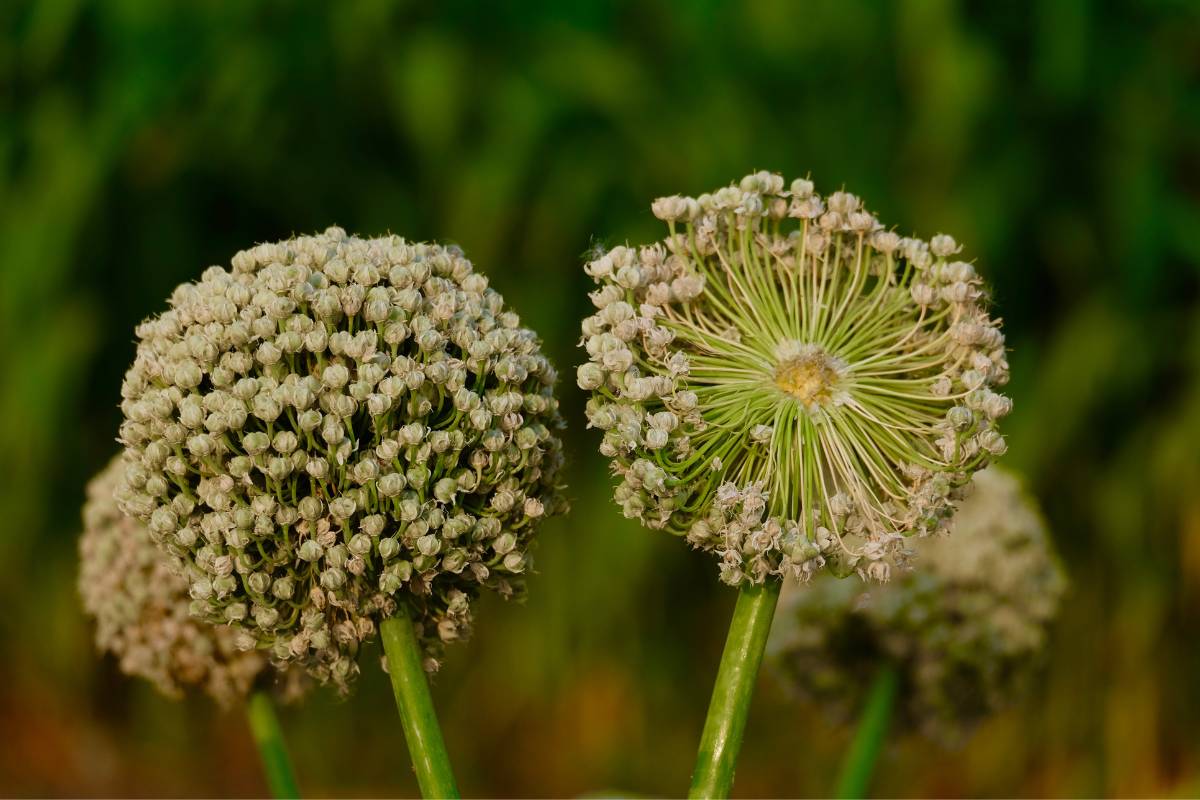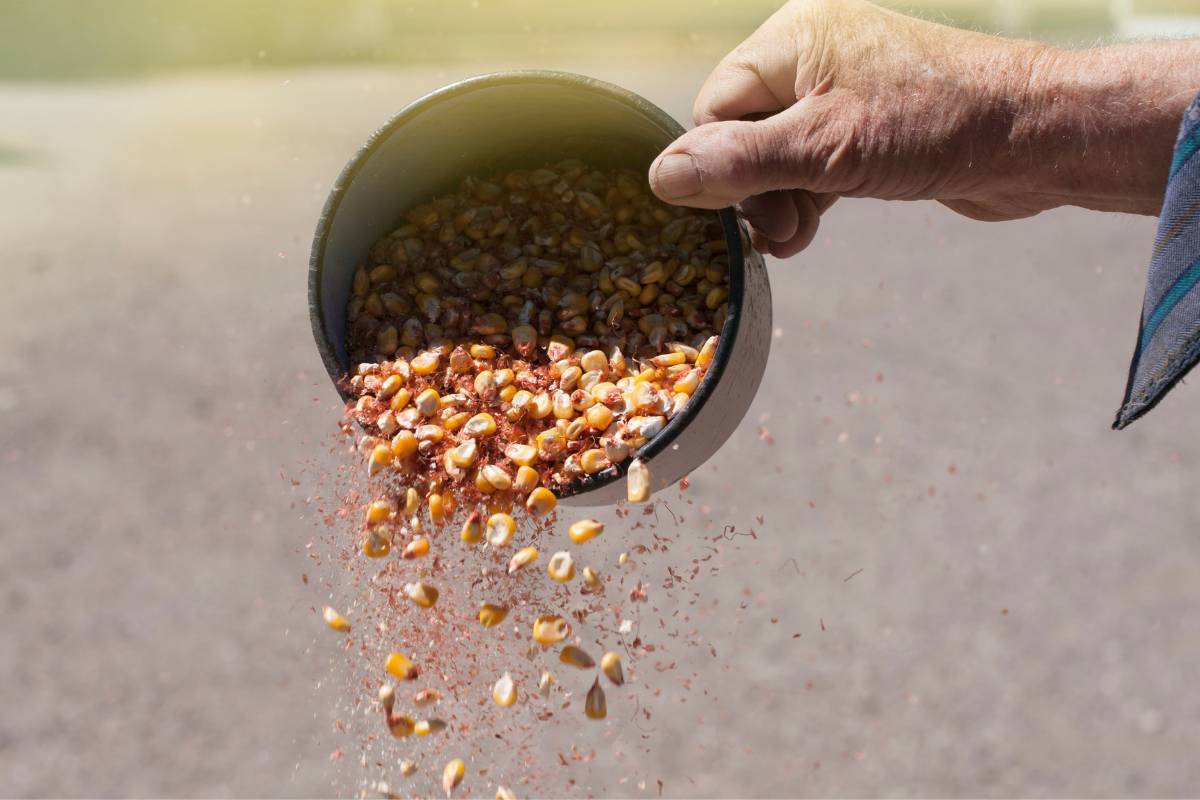Our seed saving series outlines the techniques and methods needed to save seeds in your garden.
Contents:
- Why seed saving makes so much sense.
- The botanical basics.
- Protecting seed purity through isolation.
- Selecting the parent plants.
- Collecting and cleaning the seeds.
- Drying and storing your seeds.
The idea of saving seeds from year to year might not seem, at first glance, to make much sense. If you're like nearly every other gardener to ever pick up a seed packet, you'll have built up a stock of unused seeds you didn't have the space or time to sow. Each growing year starts with sifting through which ones might still be viable and which ones will be thrown away with regret.
Why add to the backlog by deliberately harvesting seeds to store for later years? As it turns out, there are many reasons why it's a great idea - both for your own gardening success and for the wider health of gardening as a whole.
1. It Saves Money
If you're growing lettuce and other crops which are sold with hundreds of seeds per pack, it's unlikely you'll ever be worried about the cost. But if you're growing rarer varieties of less productive species, especially those with only half a dozen seeds in a relatively expensive pack, the costs can soon mount up with each springtime seed order.
If you purposefully cultivate some seeds to save each year, a large part of your crop growing can become self-sustaining, in seed terms at least, leaving you with funds to spend on other areas of gardening.
But for most people, saving money isn't the prime reason for saving seeds. The practice also brings a range of both practical and more abstract benefits to your gardening, making seed saving a project that's well worth exploring.
2. Another Step Towards True Self-Sufficiency
If you love the idea of growing your food from seed to plate, saving seeds from your most successful plants completes the cycle in a satisfying way. You'll know, without any doubt, that you've had control over every aspect of the produce you've grown, and will have taken an important stride towards increased self-sufficiency.
3. Protection for Rare and Heirloom Varieties
As with so much in modern society, mass-market seed choices tend towards economy and convenience over unusual or rare varieties. Most mainstream seeds, understandably, are bred for reliable germination, disease-free growth and productive harvests rather than a unique character or outstanding taste.
By saving seeds from the rarer plants you grow, such as heirloom tomatoes, you'll help to keep diversity in the species alive. And as the future of food production is inextricably linked to a warming climate, keeping a high level of diversity in the gene pool could turn out to be incredibly important for food security as growing conditions change unpredictably.
4. Improve Your Results, Year on Year
By choosing the seeds from the best plants you grow, you can continue the age-old practice of selective breeding. As each year goes by, your plants will be better and better adapted to your local climate and conditions, requiring less assistance to produce great results.
What's more, you can also start to select plants that match your preferences. For example, you may decide to keep seeds from silverbeet plants that bolt later than others to let you extend the harvest window for that crop. Whatever you prefer, and with whichever species, with some patience saving seeds lets you adapt the original variety to match your own needs.
5. Reduce Reliance on Commercial Seed Producers
The biggest seed producers are slowly but steadily moving towards selling only hybrid varieties, or even GM ones, which require a new seed purchase every year. Saving your own seeds not only frees you from this commercial treadmill, but it helps to preserve the open-pollinated varieties so that future gardening generations will still have the choice.
Also, the increasing trend is for national or global seed producers to buy up smaller producers, consolidating and inevitably reducing variety along the way. Saving your seeds helps the fight against this loss of diversity, and if enough gardeners take up the practice, the overall effect will be significant.
6. A Little Help for Bees
Many food crops, including leafy greens, carrots and other root crops, alliums and more, are harvested before they've flowered. Saving seeds means letting the plant mature past the flowering and seed-setting stages, giving bees and other pollinating insects a nectar and pollen source along the way.
So How Do You Save Your Own Seeds?
If these benefits seem worthwhile, you're probably wondering how to best go about saving your seeds. It's not an especially complicated area of gardening when broken down into simple steps, but there's quite a lot to consider to make a success of the process, which can take a year (or longer). The next article in this series will discuss flower types and pollination, with an eye to selecting which plants are good candidates for seed saving.



.jpg)





